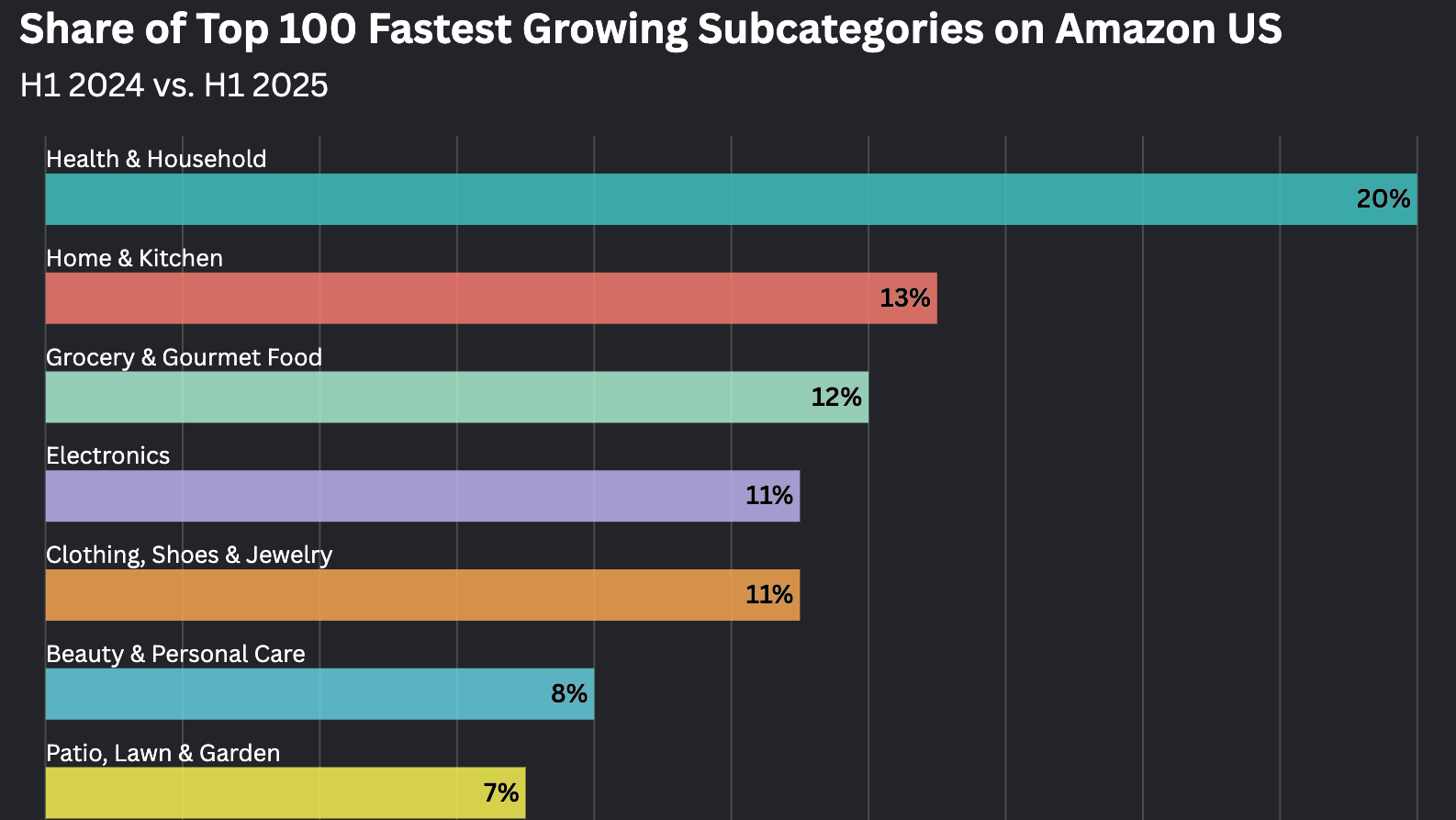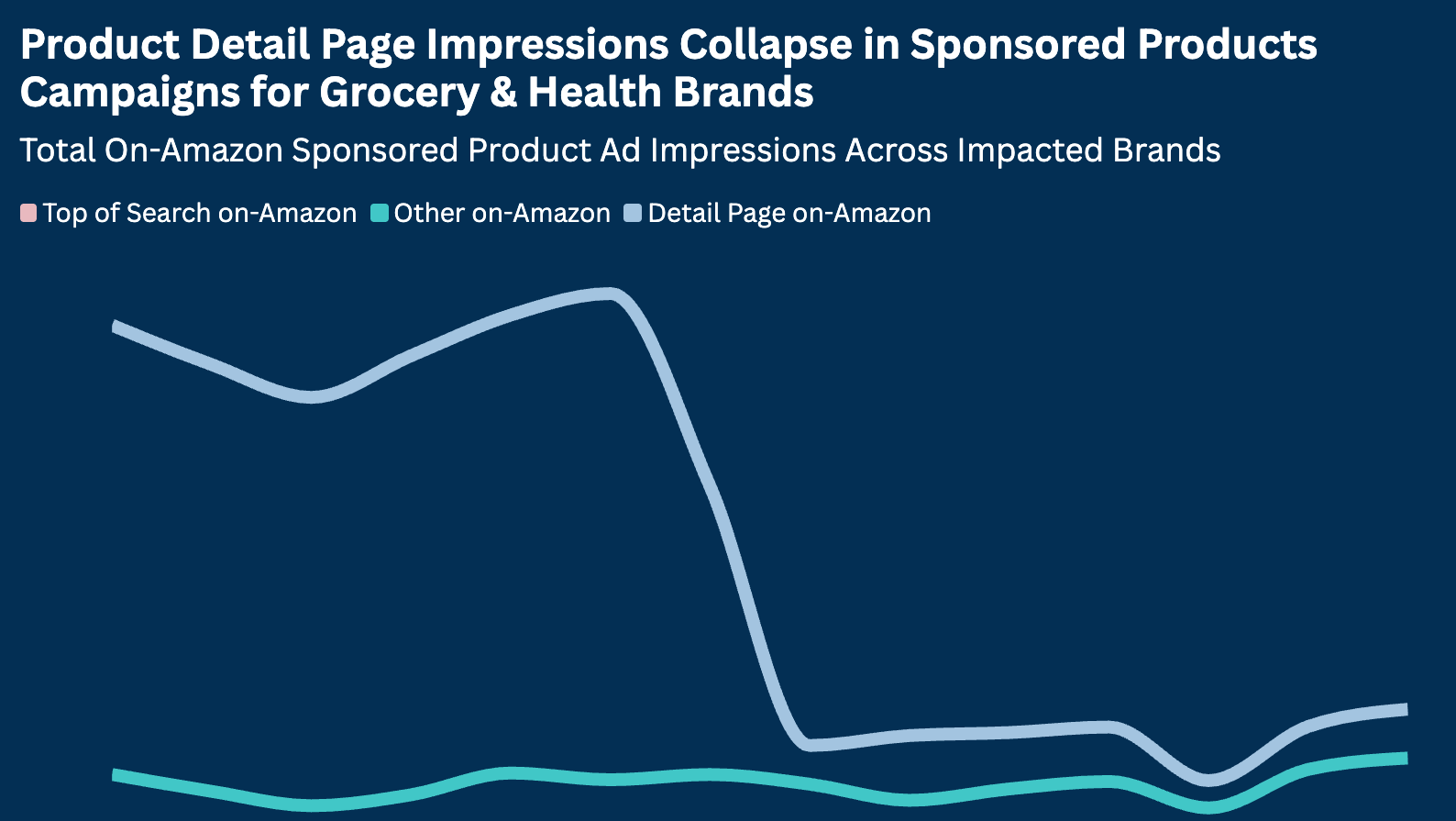
The Power of Suggestion: Amazon Advertising Tactics Must Bow to The Power of Amazon’s Search Suggestions
TLDR; Search Term popularity on Amazon changes as a function of consumer preference and interest. However, it can also change as a function of Amazon’s search suggestion feature that helps users auto-complete their searches. As a result, savvy marketers should database the search term frequency rank for their most relevant search terms, track these values over time and enable smart alerting for dramatic fluctuations so that they can responsively adjust Sponsored Advertising (and other workflows too).
Amazon is a product search engine. In order to succeed, smart marketers must ensure their Amazon Advertising workflows are responsive to changes in search term popularity on the Amazon platform. In general, strong marketing intuition allows marketers to know when consumer behavior is authentically changing. As a result, most marketers worth their salt know how consumer trends affect their assortment. However, many marketers neglect the dark force that is sometimes at work here – which is Amazon’s platform randomly making changes that in turn result in forced consumer behavior change. Let’s start with an example of what I’m talking about and then let’s work through implications for Amazon Advertising.
Let’s imagine we have a pimple and one of our friends recommends a great new product available on Amazon as a solution. It’s called “The Mighty Patch”. So what do we do? We start typing in “Mighty Patch” to Amazon and this is what happens:
Ok this makes sense. However, if we work in marketing for Mighty Patch this might surprise us. Like many companies, Mighty Patch launched as a product, achieved break-through success and gradually expanded their assortment. As this occurred, Amazon changed the way it encouraged consumers to shop for the brand.
Here is a graph from Momentum Commerce’s Database of Search Frequency Rank over-time for the term “Mighty Patch”. (A lower Search Frequency Rank corresponds to increased search interest).
Well that’s weird. What happened in July? There is a pretty dramatic drop in search interest for “Mighty Patch” for roughly the month of July. Perhaps consumers just didn’t have as many pimples that month?
Well if we then chart out the same data for the search term “mighty patches pimple patch” we can see that around the same time that “Mighty Patch” resurged in search interest (7/25/2021) there was a huge corresponding drop in search interest for this term.
This is very clear evidence of a refinement to Amazon’s search suggestion feature. This is clearly a better experience for users. However, what does this mean for brands that are trying to advertise their products effectively on the platform?
Why Search Frequency Rank Tracking is Critical for Amazon Advertising Optimization:
Optimizing Amazon Advertising is all about aligning business value (e.g. margin-per-click) to business investment (e.g. cost-per-click) at the most atomic level possible (consumer search term + product advertised). In theory, this is a simple and straightforward concept: If I receive 100 clicks on the search term “Power Drill Cordless” and those clicks produce $2,000 in revenue which nets $300 in margin, my business value for this search term would be $3 per click. Second-price auction theory tells me that if I set my Maximum Cost-per-Click for this search term at $3.00, I will then buy every available incremental margin dollar. Easy peasy – I’ll just buy some software that does this automatically for me and I’ll be off to the races – right?
Well… What happens when all of a sudden all of the people who are just looking for “Power Drill” are persuaded by a change in Amazon’s Search Suggestions to instead search for “Power Drill Cordless”?
We can assume that cordless power drills are slightly more expensive than traditional power drills. We may also assume that the purchase intent for a cordless power drill of someone insistent on typing out the full phrase “power drills cordless” is much higher than someone just searching for “power drills” (every empirical study on search conversion rate supports the notion that as specificity of search increases so too does conversion rate for aligned ads). As such, we can expect that conversion rate and ad click value for the search term “power drill cordless” will plummet.
Most marketers don’t track the shifts in Search Frequency Rank on a daily basis and won’t catch this immediately. What’s worse, most Amazon marketers rely on dumb “AI” bid management solutions that will take 30 or even 60 days to catch and react to this type of change in conversion rate.
This is another great example of why Momentum Commerce recommends a combination of smart marketing analysts working with flexible technology to create competitive advantage in Amazon Advertising.





